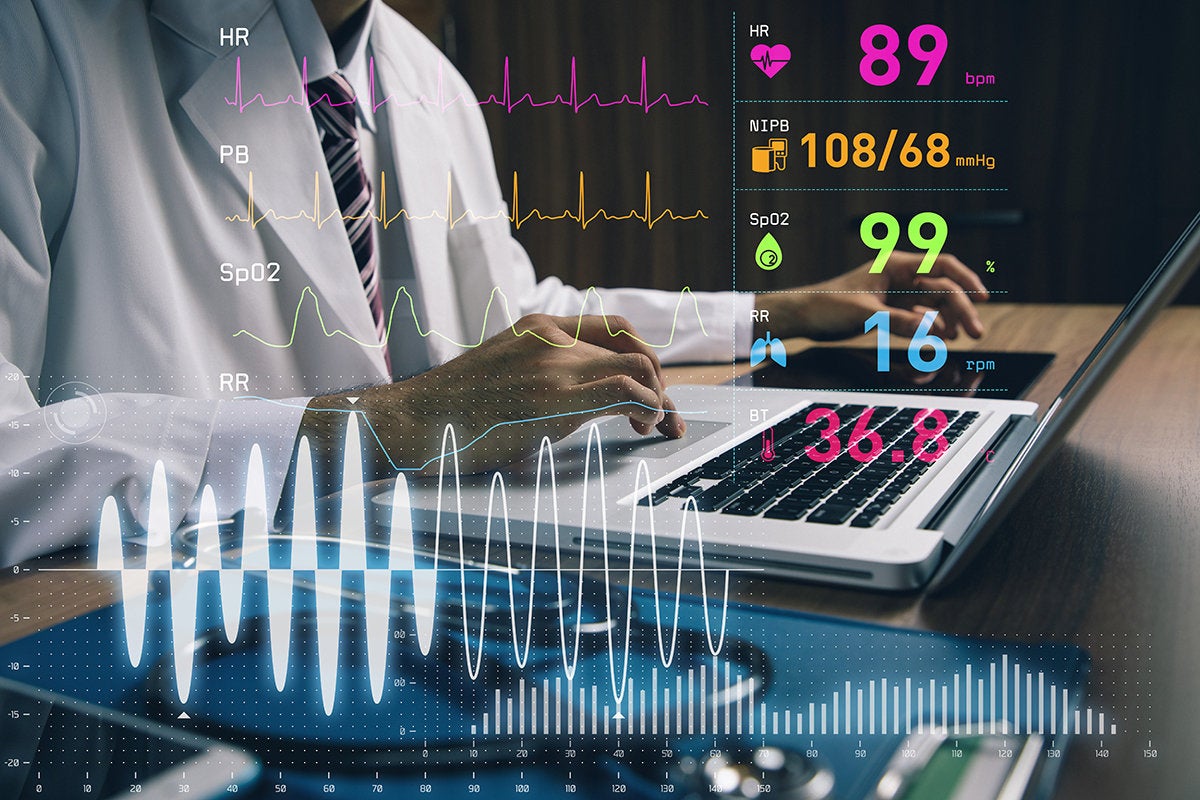Fifteen years ago, if you entered an emergency room a thousand miles from home, the ER doctors would not have had access to potentially lifesaving information in your medical records, such as your allergies or a list of drugs you were taking. Only 10% of US hospitals had electronic health record (EHR) systems, and health record requests were typically sent in paper form by mail or fax machine. Then the federal government stepped in, providing billions of dollars in EHR incentives to help hospitals get online.
ONC
Micky Tripathi, national coordinator for health IT, Office of the National Coordinator for Health Information Technology
“Today, 96% of hospitals and 85% of ambulatory providers [and] physician offices use EHRs,” says Micky Tripathi, national coordinator for health IT at the Office of the National Coordinator for Health Information Technology (ONC) under the US Department of Health and Human Services.
ONC has created standards for EHR systems, provided certifications for compliant EHR products that qualify for incentives, and created standards for sharing EHR system data sets. Until recently, however, the data in those systems has largely remained in silos, with limited accessibility.
That’s been changing with the rise of regional, national, and vendor-driven health information exchange networks. About 70% of all hospitals and ambulatory providers are sharing records electronically over national interoperability networks, says Tripathi, but have fallen short of providing complete access to patient data from all providers. The planned rollout later this year of government-certified Qualified Health Information Networks (QHINs), which Tripathi says will function as a “network of networks” for sharing health data nationwide, should help push participation levels higher.
However, the scope of what nationwide health information exchange networks offer today is largely limited to treatment, and data is limited to basic information, such as demographics, medication lists, problems and allergies, recent labs, and most recent visit summaries. While radiology reports may be included, images are not. Also, information is shared in document form rather than as discrete data elements, which limits the granularity of data requests. And participation in data exchanges remains optional for all stakeholders, including healthcare providers, payers, and patients.
While many hospitals are connected to nationwide health information exchange networks today, about 30% still don’t participate in nationwide data-sharing networks, “probably due to technical limitations of their EHR systems, lack of staff expertise or capacity, lack of resources to connect, and so on,” says Tripathi.
CommonWell Health Alliance
Paul Wilder, executive director, CommonWell Health Alliance
Many of those are smaller providers, says Paul Wilder, executive director at CommonWell Health Alliance, one of the QHIN candidates. “When it…
2023-07-21 04:00:04
Link from www.computerworld.com rnrn
